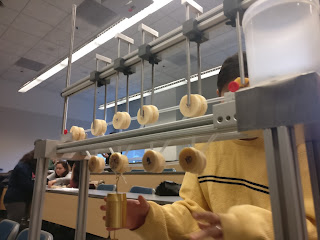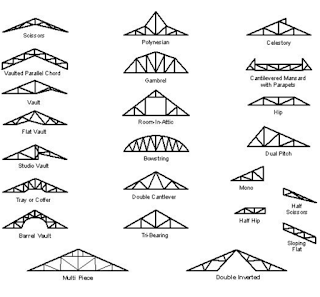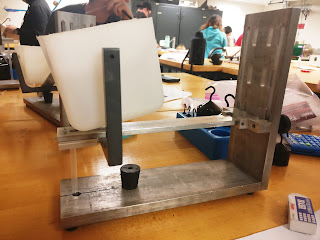Truss Design (Final)

We finally made it to the end! After the preliminary design report, it was time to finalize our actual design (since we were given enough materials to make one truss to test). After doing a few more draft sketches and analysis, I was able to pick up on patterns on which types of designs produced the maximum strength (all within the parameters we were given). Finally, I came up with the sketch at the bottom-right, and the MATLAB analysis produced the highest load we were able to reach. We theorized that: two members would buckle first instead of just one (Members 3 and 4); the maximum load is 11.62 ± 0.063N; and the total cost of the truss is $290 (under the budget limit). From there, we moved to prototyping: we cut the straws as close as possible to the lengths specified in our final design. To create uniform gusset plates, our "joints," we used the circular cap of an individual Tropicana Orange Juice bottle. It met the area requirements and acted as a stamp aga


